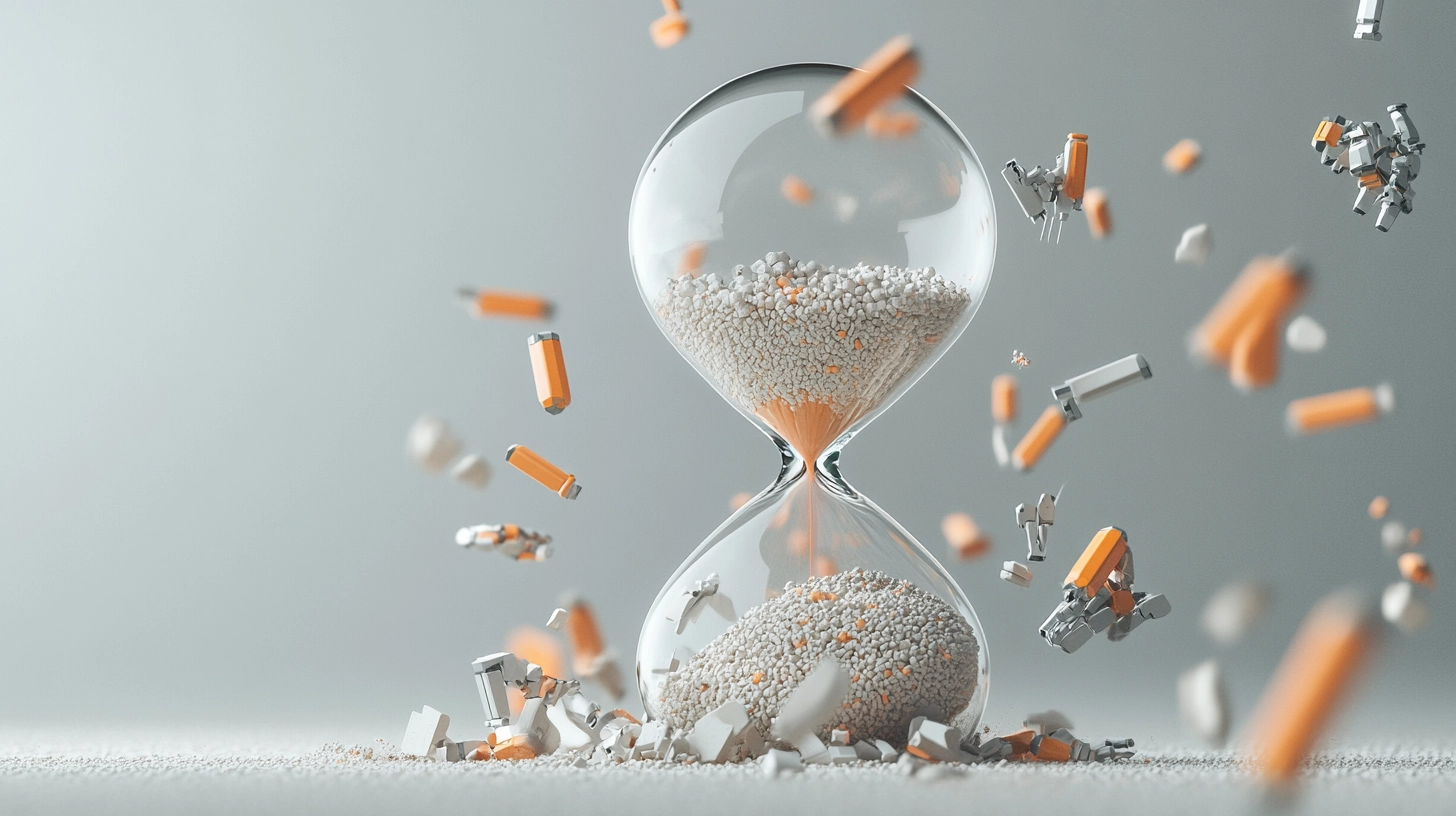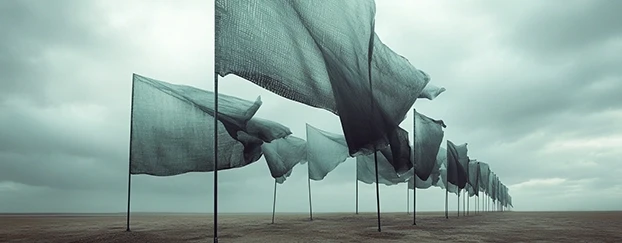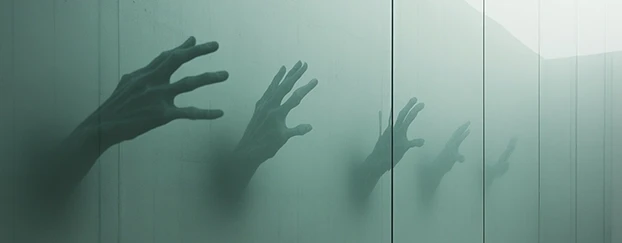
If your feed reads like a countdown to creative unemployment, you’re not imagining it. AI branding tools are chewing through repetitive design work—logo variations, mood boards, mockups, social cuts—faster than any intern and with zero coffee breaks. Some roles are getting squeezed. The twist: what’s disappearing isn’t creativity—it’s drudgery. The value shifts to people who can steer the machine: judgment, taste, brand strategy, client trust. Use the tools as leverage and you don’t get replaced; you get amplified. For a fast tour of what’s possible, skim the library via the CreativeStock.ai homepage and clock how quickly you can stand up credible brand comps.
The viral panic vs. the boring truth
Headlines love panic. “Robots stole my job” is instant outrage fuel. The boring truth: automation compresses repetitive tasks; it doesn’t erase the parts clients actually pay for—clarity, persuasion, and consistent delivery. Solid macro context helps: the Brookings analysis on generative AI and U.S. workers suggests broad exposure across occupations, but also highlights complementarities—skills that rise in value when AI shows up. Translation: the tools make average faster and the discerning invaluable.
Not sure where to begin? Start broad—Search the library for your target industry and pull 3–5 items into a quick mood deck.
What actually gets replaced—and what doesn’t
Let’s name the churn.
Likely to be automated
- Bulk resizing, cropping, and format swaps.
- First-draft layouts and low-risk variants using AI templates.
- From-scratch mockup building now handled by ready-to-use scene generators and libraries.
Sticks (and becomes more valuable)
- Translating business goals into visual decisions.
- System thinking: scalable design systems across channels.
- Taste and timing: knowing when to go minimal, when to go bold.
- Client therapy—setting expectations, reducing risk, narrating trade-offs.
Speed shows up most in context previews. Instead of hours staging comps, drop designs into believable scenes: phone screens, laptops, kiosks. For this, keep a small stash of device mockups and a second stash for CPG sprints via packaging mockups. Show the product “living” in the real world, and approvals happen faster.
Standardize recurring formats with modular AI templates so “on-brand” becomes the default, not the exception.
New workflow: from maker to director (with proof, not vibes)
Here’s the shift that saves your week:
- Generate at volume. Use AI branding tools for rapid ideation—ten headline/layout combos, not two.
- Preview in context. Test how each option lives across mobile, print, retail. Spin quick comps using print materials mockups so stakeholders see the idea where it matters.
- Cut by evidence. Ask which option moves your metric (first-glance recall, CTR, add-to-cart). Kill what underperforms.
- Polish the winners. Spend craft hours where ROI is proven, not on maybes.
If you want data beyond gut feel, a peer-reviewed study on AI and creative task automation maps how generative systems shift task boundaries rather than swallow whole jobs. In practice, AI becomes an accelerator and a filter—you explore more paths, then commit to the few that perform.
Need fast visual coverage for a launch? Build a base kit of hero frames with AI mockups and keep them on hand for weekly promos.
Skills that survive the robot apocalypse (and pay better)
- Strategic messaging. Tools can decorate; they can’t decide what matters.
- Narrative sequencing. Turning features into a story across touchpoints.
- Platform nuance. You know what plays on TikTok vs. email vs. retail signage.
- Creative ops. File hygiene, version control, naming conventions—still human.
- Client translation. Turning vague asks into tight briefs, then into measurable outcomes.
Package this as value, not hours. If you can ship twice as fast, price the delta. Clients don’t buy Figma time; they buy momentum. If you’re scaling asset needs, skim the pricing plans and match them to throughput, not vanity.
Building merch for community/Ecomm? Keep a rotating tray of apparel mockups to preview new drops without committing to production.
A practical 5-step playbook
- Pick a reliable stack. Two generators for ideas, two libraries for comps. Keep it boring and fast.
- Systematize brand tokens. Lock type, color ramps, spacing, components into templates; “on-brand” should be the default.
- Front-load context. Use situational frames early—screens for SaaS, packs for CPG, POS for retail.
- Measure what matters. If reach is the goal, optimize for thumb-stop; if sales, enforce clarity and hierarchy.
- Tell the money story. “This direction tested higher on mobile recall in contextual mockups” beats “we liked the blue.”
Pitch decks land better with believable scenes—line up 3 contexts per concept using your print, packaging, and device kits.
Ethics and authenticity: keep the human in the loop
Fast doesn’t have to mean generic. Guardrails to stay clean and distinctive:
- Provenance matters. Use licensed AI-generated assets and keep source records.
- No style theft. Reference genres, not living artists.
- Audience first. If it doesn’t persuade your buyer, it’s decoration.
- Consistency over novelty. Brands are built by repetition with taste.
If a layout feels swappable, the tool isn’t the culprit—the strategy is. Use the time AI saves to deepen audience insight and sharpen your message, then let the stack accelerate execution.
For retail, nothing beats IRL context—round out your kit with tangible scenes across packaging and devices & tech so campaigns preview “in market,” not in limbo.
Bottom line: your job isn’t dying—it’s molting
Yes, certain tasks will vanish. That’s the molt. What remains is higher-signal: strategy, direction, proof. Teams that embrace AI branding tools aren’t less creative; they’re less bogged down. The next year will reward designers who can edit ruthlessly, validate quickly, and deliver brand-true work at speed. Start small: one campaign, one message, one fast lane from idea to preview. When you can ship in hours instead of days, the conversation with clients changes. So does your rate.
If you’re one stack away from calm, assemble it now: homepage for orientation, search for breadth, mockups/templates for speed, pricing when the value’s clear. Then go make the work only you can judge.





